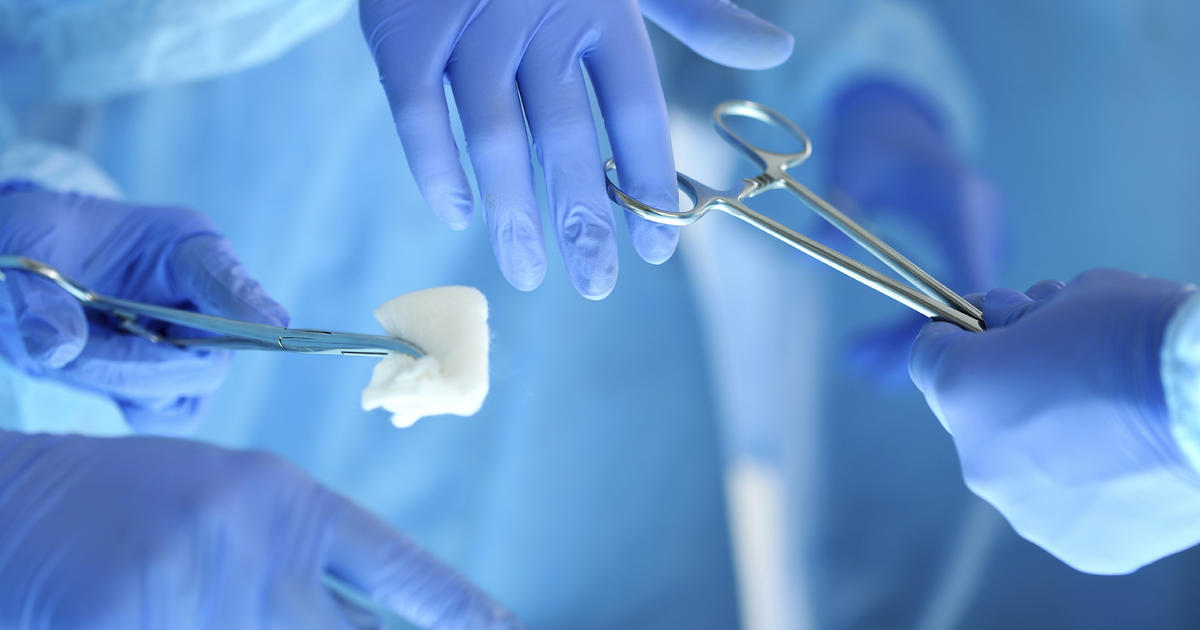Strategies For Managing Sjogren's Syndrome
Sjogren's syndrome is an immune system disorder that primarily impacts the salivary and tear glands. The condition is most often diagnosed in female patients over forty years old. Patients with this syndrome typically have both a dry mouth and dry eyes. The eyes may feel itchy or stingy, and patients may have a chronic cough that makes swallowing painful. Some patients might also experience pain, stiffness, and swelling in their joints, and the salivary glands may swell. Many individuals with this syndrome frequently feel fatigued.
To diagnose Sjogren's syndrome, doctors normally perform several blood tests, and they may wish to carry out a slit lamp exam of the eyes. Imaging studies of the salivary glands, including sialograms and salivary scintigraphy, may be particularly helpful in confirming this diagnosis. A biopsy of the salivary glands may sometimes be needed.
Punctal Occlusion

Punctal occlusion is a procedure used to plug the puncta (tear ducts) of the eyes. Doctors generally advise patients with Sjogren's syndrome to consider punctal occlusion if artificial tears have not provided enough relief. The procedure involves the insertion of collagen or silicone plugs into the tear ducts, and it is painless. With the puncta blocked, patients have more tears available for a longer period at the front of the eye, and this can alleviate the symptoms experienced with dry eye. Prior to having permanent punctal occlusion, specialists may perform a temporary procedure to check how this impacts the patient's symptoms.
For the temporary occlusion, the clinician will place dissolvable plugs into the puncta. The plugs typically dissolve in seven days, and the patient is asked to have a follow-up appointment within ten to fourteen days of the procedure. Ideally, the temporary procedure should lead to an immediate improvement in dry eye symptoms, and the patient's symptoms should then return within seven days of the operation. If this happens, it is an indication permanent occlusion would be helpful for the patient.
Medication to Decrease Eye Inflammation

Medication to decrease eye inflammation may help Sjogren's syndrome patients manage their dry eye symptoms more effectively. For short-term relief of dryness in the eyes, doctors might prescribe corticosteroid eye drops. In the long-term, cyclosporine or lifitegrast may be beneficial as well. While using cyclosporine, patients should be aware of the potential for side effects, which include high blood pressure, leg cramps, swollen gums, headaches, nausea, kidney damage, and an increased risk for infection.
Patients may also have vomiting, upset stomach, and changes in hair growth. Individuals using lifitegrast eye drops may experience eye irritation immediately after use, and discharge from the eye has been reported. Some patients might notice blurry vision or reduced visual acuity, and headaches may develop. If any unusual or worrying side effects present, Sjogren's syndrome patients should check with their eye care specialist about switching to another medicine.
